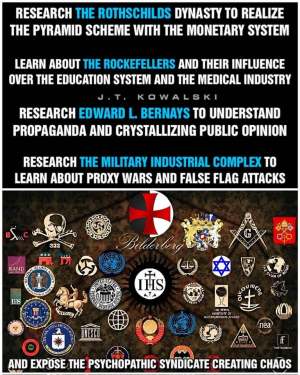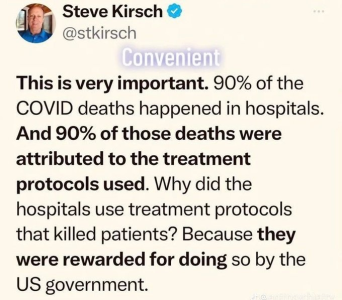Ballistic vs. cruise missiles: what’s the difference?
Russia’s Oreshnik
(
)
missile test drew attention and confusion
(
)
as observers compared it to other ballistic and cruise missiles in Russian and NATO arsenals. What’s the key differences between the two missile types?
Ballistic missiles:

Powered by single or multi-stage rockets, ballistic missiles ascend tens of kilometers into the atmosphere, shedding components along the way before their payload separates and arcs back to Earth.

Ballistic missiles have three phases: the boost phase (rocket firing), the midcourse phase (payload coasting and ascending), and the terminal phase (descent toward the target).

Some missiles include a fourth, post-boost phase, during which MIRV buses adjust trajectory and release decoys to confuse enemy missile defenses.

Certain missiles can alter their trajectory while they have the fuel to do so, but maneuverability usually comes from their payloads. For example, Russia’s Avangard
(
)
hypersonic glide vehicle separates from its ICBM carrier and becomes maneuverable, while MIRV buses use small motors and inertial guidance for adjustments.
Cruise missiles:

Powered by jet engines, cruise missiles remain within the atmosphere through their flight, often flying at extremely low altitudes to evade detection.

Designed for precision strikes, they can target ground and sea-based
(
)
assets, from individual buildings or bunkers to larger areas or carrier groups if equipped with nuclear warheads.

Cruise missiles are maneuverable throughout flight, using GPS, inertial guidance, terrain mapping, or manual control in the terminal phase.
Pros and cons of ballistic and cruise missiles:

Cruise missiles are cheaper (about 15% the cost of a typical tactical ballistic missile), harder to detect during launch, and more accurate. However, unless nuclear-armed, their firepower is lower, with payloads averaging around 500 kg (the largest, the US AGM-86 ALCM, can carry up to 1,362 kg).

Ballistic missiles are less accurate (CEP in the tens or hundreds of meters vs. meters for cruise missiles) but offer larger payloads, such as Russia’s RS-28 Sarmat
(
),
which has a 10,000 kg capacity.

Ballistic missiles' arcing trajectory allows hypersonic speeds, making them harder to intercept and increasing their kinetic impact. Cruise missiles, by contrast, are typically subsonic or supersonic, making interception easier and reducing kinetic power.

Subscribe to @SputnikInt
https://t.me/sputnik_africa/30401





































